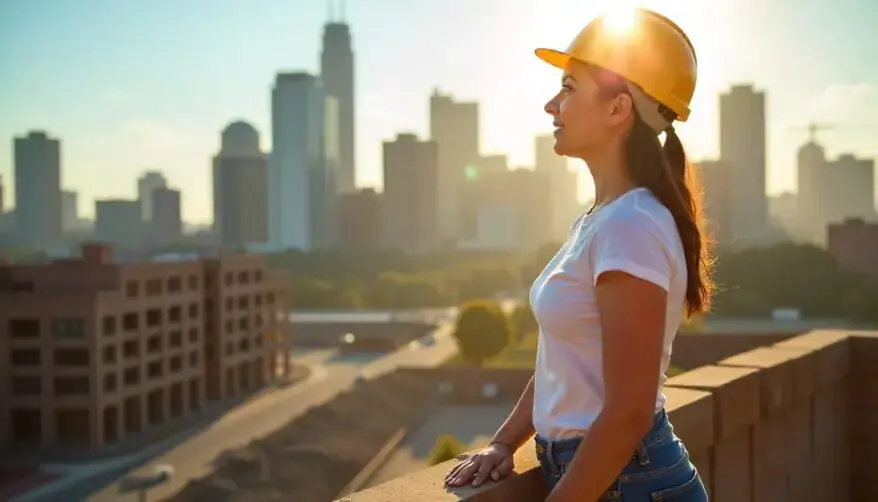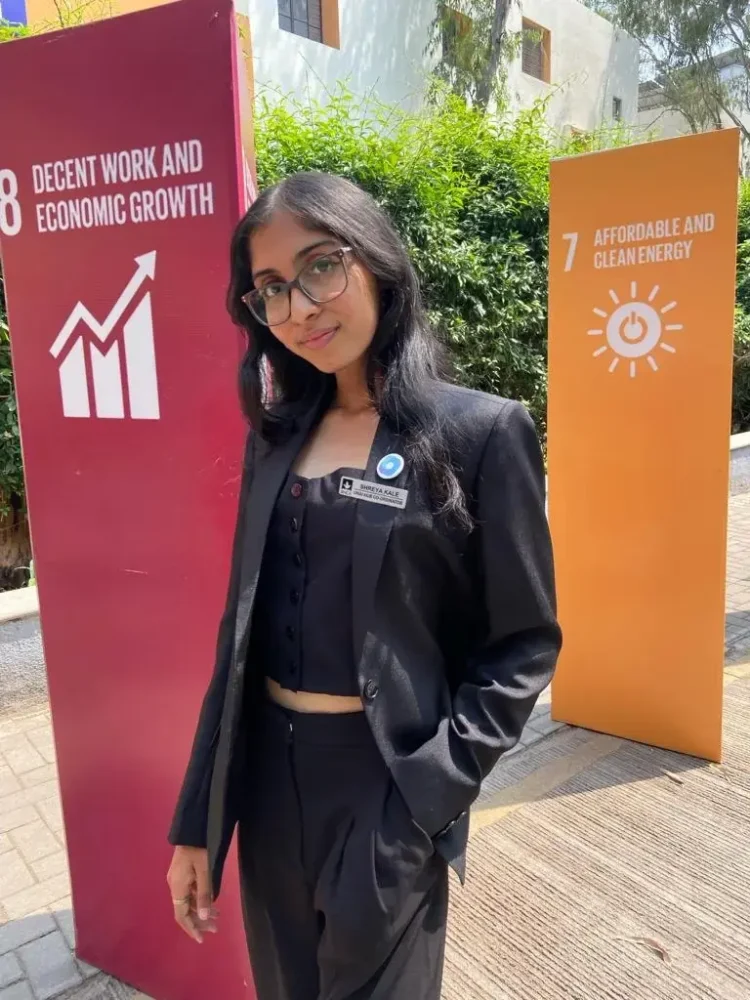No Waste Should End Up in Landfills: My Journey from Curiosity-Driven Change
Around the same time last year, I had an opportunity that shifted my perspective forever. Driven by a curiosity to change my understanding, as a fourth-year architecture student, I visited a live construction site, excited to finally witness how the designs we spent hours perfecting in the studio were translated into real structures. Standing on the 9th floor of an under-construction building, taking in the panoramic view of the city, I noticed something strange: piles of broken concrete rubble were scattered around, illustrating the issue of construction waste in India.
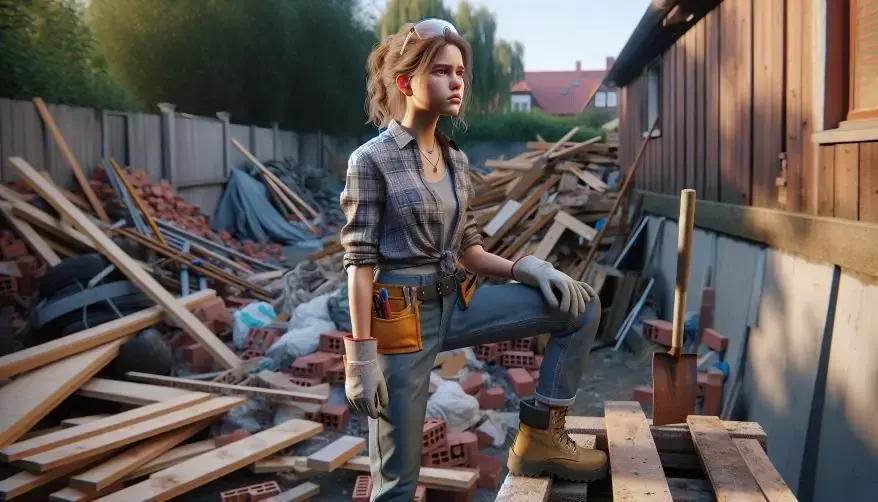
I asked the site engineer what it was. He casually replied, “There was a mistake in the drawing. We had to demolish the slab, and now it’s just waste; we’ll dump it somewhere.”
I paused.
“Dump it where?” I asked.
“Anywhere. A landfill, maybe,” he said. “It’s useless to us now.”
That one sentence shook me. I had admired the construction industry for years, but in that moment, I saw its hidden side. The waste side. The part we don’t talk about enough.
The Hidden Truth of Construction Waste in India
In a fast-growing country like India, buildings are being constructed and demolished at an unprecedented rate. Every renovation, every extension, and every new structure generates waste. From broken bricks and unused cement bags to discarded tiles and demolished slabs, this material often ends up in landfills, water bodies, or is dumped illegally along roadsides.
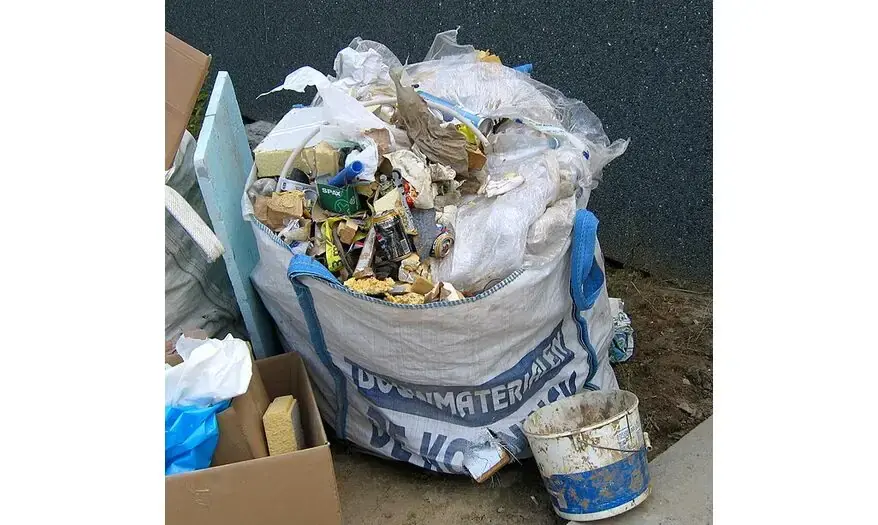
Moreover, India generates an estimated 10–12 million tonnes of construction and demolition waste annually, with cities like Delhi producing around 5,000 tonnes per day. Construction waste in India has reached alarming levels. Yet with the right policies and public awareness, we can transform this challenge into a powerful opportunity for sustainable urban development.
In Pune alone, a city bursting with construction activity, there is currently only one operational Construction and Demolition (C&D) waste plant in Wagholi. It processes about 200 tonnes of waste per day. For a city this size, that’s barely enough. The Pune Municipal Corporation (PMC) plans to build another, but for now, the system is overwhelmed.
And here’s the shocking part: India generates over 150 million tonnes of C&D waste every year, but less than 1% of it is properly recycled (source: Centre for Science and Environment, 2020). The rest? It ends up where no waste belongs: in our environment.
This causes:
- Land degradation occurs when rubble-filled land becomes unusable.
- Air and water pollution, from particles and toxins leaching into natural systems.
- Wasted resources, such as valuable materials like wood, aluminum, and even intact tiles, go to waste.
Most people don’t even realize this is happening.
From Problem to Purpose: My Curiosity-Driven Change
Feeling deeply concerned, I decided to take up the issue of C&D waste for my academic research. The more I read, the more I discovered that this wasn’t just a construction problem; it was a climate, health, and sustainability problem. In a country where millions don’t have proper homes, tons of usable building materials are being wasted.
But the question was: What could I do about it?
At the time, I felt lost. I didn’t have a team. I didn’t know anything about creating websites or platforms. But I had one thing: the curiosity to change things.
That’s when I came across an opportunity that changed everything for the BeVisioneers: The Mercedes-Benz Fellowship, a global program that supports young innovators working on planet-positive ideas. I applied, explaining my desire to work on sustainable construction waste management. A few months later, I got in.
That email changed my life.
Through the fellowship, I gained access to expert coaching, a global network of changemakers, and tools to turn my idea into a real-world impact project. It was through BeVisioneers that I also got a chance to visit Stuttgart, Germany, for the Global Summit. There, I met environmental pioneers, social entrepreneurs, and brilliant peers from across the globe. I came back with something powerful: belief in my vision.
Building a New Idea, Together
One of the first lessons I learned was that big ideas don’t succeed alone. I had no tech background, but through a friend from a previous social fellowship, I was connected with a group of computer engineering students. We started building a basic MVP (Minimum Viable Product), a simple website where people could list or find used construction materials instead of throwing them away.
What began as a small conversation turned into shared agency. We were learning together, about tech; them, about sustainable design and waste. We had no money involved, but we had a purpose. That’s what drove us. Now, we have to think about how to bridge the gap from problem to purpose.
The platform we are now working on is built specifically for household construction waste, old doors, leftover tiles, used windows, and more. We aim to connect regular people, not just contractors, to buyers, sellers, and recyclers, making it easier to give waste a second life.
And this is just the beginning.
Changing the Narrative Around Construction Waste in India
Furthermore, our project isn’t just about technology. It’s about starting conversations.
That’s why I’ve now begun creating a social media page focused on busting myths about the construction waste in India, especially in cities like Pune. Surprisingly, most people don’t know that C&D waste is the second-largest waste stream in the world. Even more importantly, fewer people realize that manufacturers and builders can reuse or recycle it into paver blocks, tiles, aggregates, or road fill.
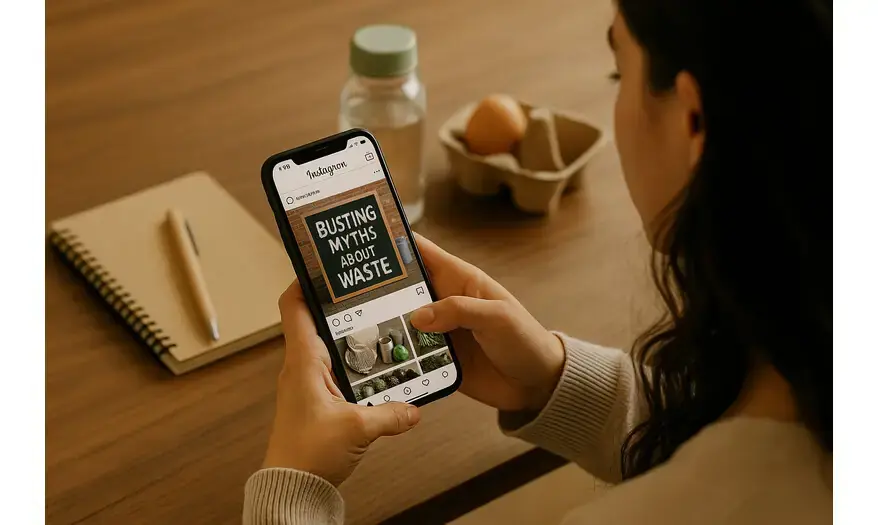
The goal is to make sustainability simple and local. Not everyone may care about climate change in theory, but everyone wants their home to be clean and their city to be a livable place. If we show them that reusing materials saves money and space, we create an impact.
What Students Like You Can Do
You might be wondering what I can do. I’m in school!
Here’s what I’ll say to that: you are exactly the right age to start. Whether you want to be an architect, engineer, designer, scientist, or simply a good citizen, you can:
- Ask better questions. Like I did, ask “Where does this go?” when you see waste.
- Participate in clean-up or awareness drives in your local community.
- Learn about circular economy and sustainable design; these are the ideas that will shape our future cities.
- Share posts and information about issues like this. Awareness is power.
The Road Ahead: Rooted in Curiosity-Driven Change
Looking ahead, my goal is simple but strong: no construction waste in India should end up in landfills. Furthermore, I plan to grow the platform, build a community of eco-conscious individuals, and collaborate with architects, NGOs, and civic bodies to make waste management efficient, inclusive, and sustainable.
If this journey has taught me anything, it’s this:
When you’re passionate about solving a problem, you’ll find people who will walk with you. All you need is to begin.
Therefore, all you need is curiosity-driven change. So, whether you’re looking out from a classroom window or the 9th floor of a building, be curious. Be courageous. And remember that even one question, “What happens to this?” can change the world.
Additionally, to stay updated with the latest developments in STEM research, visit ENTECH Online. Basically, this is our digital magazine for science, technology, engineering, and mathematics. Furthermore, at ENTECH Online, you’ll find a wealth of information.
